Mastitis is the name for inflammation of breast tissue. Mastitis is a reasonably common condition in breastfeeding mothers and can happen when breast inflammation is not treated quickly. Most women know if they have mastitis, or it is developing.
Learn more about mastitis and how you may be affected.
Key Points
Causes of Mastitis: Factors include hyperlactation, narrow milk ducts, changes in the milk microbiome, decreased milk secretion, bacterial infection from damaged nipples, and a compromised immune system.
Symptoms of Mastitis: Symptoms include breast tenderness, red and firm areas on the breast, flu-like symptoms, and rapid onset. Untreated mastitis can lead to a breast abscess.
Prevention and Management: Ensure proper breastfeeding techniques, treat damaged nipples, alternate breasts, maintain health, consult a doctor early, continue breastfeeding, and use antibiotics or probiotics. Use ice and pain relievers, and avoid overusing pumps and nipple shields.

What causes mastitis?
Our understanding of mastitis and its causes have been enhanced with recent research and changes to the ways it’s managed. We used to believe that mastitis was mainly due to engorgement and bacterial infection of the breast. Now we understand that multiple factors contribute to the development of mastitis.
Some women produce lots of breast milk, known formerly as hyperlactation, making them more at risk of developing mastitis. When combined with narrowing of the ducts which drain milk from the breast and changes in the diversity of the milk microbiome (healthy bacteria), mastitis is also more likely. When the breast is producing and draining milk effectively, there is a balance between healthy bacteria and normal milk flow.
Mastitis can develop when the tissues of the breast become inflammed and there is a decrease in the amount of milk being secreted and the bacterial count increases.
Damaged nipples can also lead to mastitis. This is because, when the protective skin barrier is broken down, there is an entry point for unhealthy bacteria.
Another risk factor for developing mastitis is when the immune system is compromised. Being ‘run down’ does not help in terms of prevention.
What are the symptoms of mastitis?
Some women develop many symptoms when they have mastitis, others only a few.
Typical symptoms of mastitis include:
1. breast tenderness
2. a firm, red area on the breast
3. red streaking and/or a shiny area on the breast
4. the breast is hot and warmer than the other breast
5. ‘flu’ like symptoms such as an elevated temperature, bone aches, chills and a faster heart rate.
The symptoms of mastitis can develop very quickly. Sometimes, women start to feel unwell before they have noticed any breast symptoms.
It’s not uncommon for women to describe a feeling of just ‘being off’ when they are developing mastitis. If they have had it previously, the symptoms can be familiar. This can make a big difference in early diagnosis and treatment.
If mastitis is left untreated, a breast abscess can develop.
10 tips to prevent mastitis
There are a few things you can do to avoid developing mastitis. Although there is no guarantee, these tips may help:
- Make sure your baby is attached well and positioned correctly for breastfeeds.
- Let your baby feed for as long and as often as they want to.
- Take your baby off the breast as soon as they stop sucking or swallowing, or they fall asleep.
- Treat sore or damaged nipples quickly.
- Alternate each breast when starting feeds.
- Wake your baby for feeds if your breasts become uncomfortably full.
- Express your breasts to replace missed breastfeeds. However, avoid expressing if your baby is breastfeeding well.
- Care well for yourself. Resting, sleeping and eating well helps to support healthy immune functioning.
- If you’re stopping breastfeeding, do this slowly. If possible, gradually reduce breastfeeds over a few weeks.
- Avoid giving your baby any fluids other than breastmilk.

What’s the management for mastitis?
Other treatment recommendations for mastitis
- Breastfeed baby on demand and don’t aim to ‘empty’ the breasts. Overfeeding and expressing to empty the breasts can lead to hyperlactation. This is a major risk factor for breast swelling and inflammation.
- Be gentle when you handle your breasts. Massage and trying to push the milk out can lead to more pain and inflammation.
- Try not to use a pump too often. Pumps can stimulate milk production, but they don’t extract the milk in the same way a baby does when they feed. They also don’t provide the opportunity for bacterial exchange between the mother’s breast and her baby’s mouth, leading to microbe imbalance. When using a pump, only express the amount the baby will need when they feed.
- Avoid using nipple shields. These can inhibit milk extraction because the baby drinks from the collection portion of the shield, rather than the mother’s nipple.
- Wear a firm and supportive bra.
- Avoid deep tissue massage of the breast. This can lead to tissue swelling and inflammation, as well as injury to the blood vessels.
- Don’t soak the breast in any topical products. Castor oil, Epsom salts and saline soaks don’t help. In fact, they can cause further complications.
- Avoid routine sterilisation of pumps and household items. It’s sufficient to clean pump parts appropriately after each time they’re used.
What can I do to manage the pain of mastitis?
Keep breastfeeding! You can also try these things:
- Use ice to reduce breast tissue swelling and inflammation. You can apply ice in an ice-pack every hour, or more frequently if you like. Avoid using heat – this can make the symptoms worse.
- Avoid using cabbage leaves for engorgement. Studies have not found these to be more effective than ice and in fact, it’s the cold rather than the properties of the cabbage leaves themselves which are beneficial. Cabbage leaves can also be contaminated by Listeria.
- Take ibuprofen or paracetamol for discomfort and pain. Speak with your doctor and/or a pharmacist about the correct dose and frequency for you.
- Treat any nipple ‘blebs’ with steroid cream or oral lecithin. Again, speak with your doctor or a pharmacist about the correct strengths.
- Sometimes ultrasound is helpful to relieve tissue swelling. A physiotherapist or sonographer can give you more information.
- Antibiotics and probiotics are helpful for bacterial mastitis. There are ‘first and second line’ antibiotics which can be prescribed, depending on individual factors.

What about recurrent mastitis?
Some women experience recurrent mastitis, no matter what they do to try and prevent it. Researchers believe that the risk factors include periods of time when a woman hyperlactates, as well as when there is an imbalance in the microbial diversity in the breast.
Previous mastitis may not have been adequately treated, so the underlying issue is still present.
Sometimes it’s helpful to collect a sample of a mother’s breast milk and send it to a laboratory for culture. This helps to identify if any unusual pathogens or antibiotic resistant bacteria are causing the mastitis to recur.
For more information
Speak with your doctor, a lactation consultant or your Child Health Nurse.
References
https://www.bfmed.org/assets/ABM%20Protocol%20%2336.pdf
https://www.breastfeeding.asn.au/resources/mastitis
Written for Ternity by Jane Barry, Midwife and Child Health Nurse, January 2024.
Our Products
-
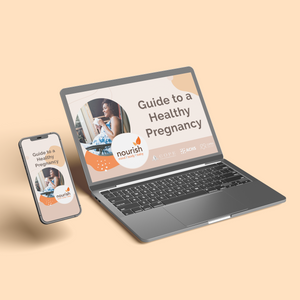
01. Guide to a Healthy Pregnancy
$55 -
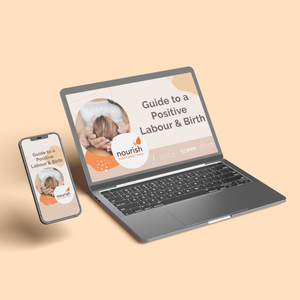
02. Positive Birthing Course
$55 -
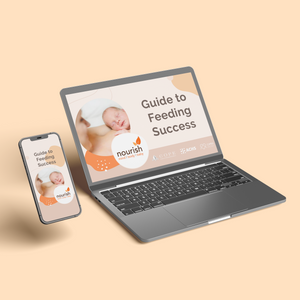
03. Infant Feeding Guide
$55 -
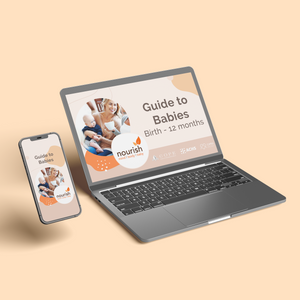
04. Baby Sleep Guide - First 12 Months
$55 -
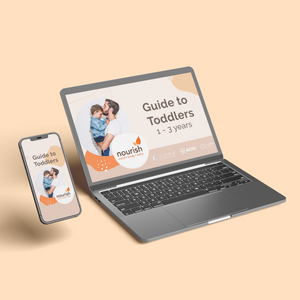
05. Toddler Parenting Course 1 - 3 Years
$55
-
 Development Milestones 8-12 Months
Development Milestones 8-12 Months
Your Baby’s Development Milestones 8-12 Months From 8 to 12 months, your baby continues to grow and develop at a rapid pace, becoming increasingly ...
-
 Development Milestones 0-4 Months
Development Milestones 0-4 Months
In this article, we’re going to take a look at your baby’s developmental milestones over those first 4 months. They quickly grow from a squishy bundle of joy into a personality all of their own.






 Development Milestones 8-12 Months
Development Milestones 8-12 Months
 Development Milestones 0-4 Months
Development Milestones 0-4 Months








